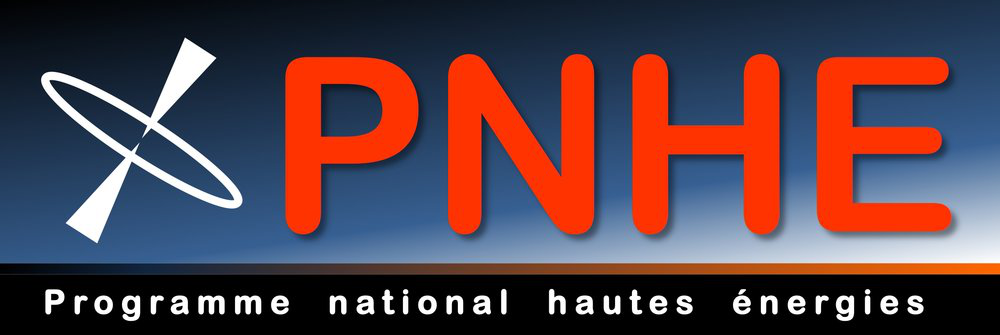Orateur
Description
The bulk of the cosmic rays we see at Earth are at a few GeV. Most of them are expected to be accelerated in old supernova remnants (10 000 yrs and more). Indeed many old SNRs are readily observed in GeV gamma rays, and those interacting with interstellar clouds are particularly bright.
The GeV emission is essentially pio0-decay, but can be due to two acceleration mechanisms:
- reacceleration from the sea of ambient cosmic-rays followed by compression in slow radiative shocks
- acceleration from the thermal gas in faster shocks
I will discuss Fermi results on the Cygnus Loop SNR, which is large enough (3° diameter) to be resolved by the Fermi-LAT, and in which both mechanisms are at work. Multi-wavelength templates (UV from radiative shocks, and X-ray from hot gas) allow extracting the spectra of both components.

